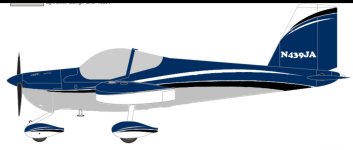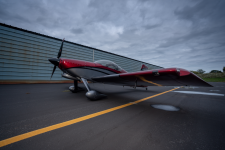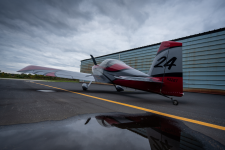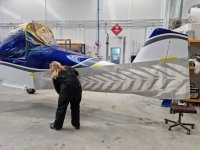I'm getting close to painting my RV12 and would like to get some input on using a paint mask. Currently it's unassembled so it could be painted in peices.
I have zero experience painting but will have a buddy who is a auto painter helping. This will he his 1st plane and has limited experience with stripes.
Aerographics quoted me $900 for a paint mask for this paint scheme (will be doing something similar)
I'm not expecting a show winning paint job but do want it to look good.
Are paint masks money well spent or not really needed if you're willing to take the time and do it by hand?
I have zero experience painting but will have a buddy who is a auto painter helping. This will he his 1st plane and has limited experience with stripes.
Aerographics quoted me $900 for a paint mask for this paint scheme (will be doing something similar)
I'm not expecting a show winning paint job but do want it to look good.
Are paint masks money well spent or not really needed if you're willing to take the time and do it by hand?








